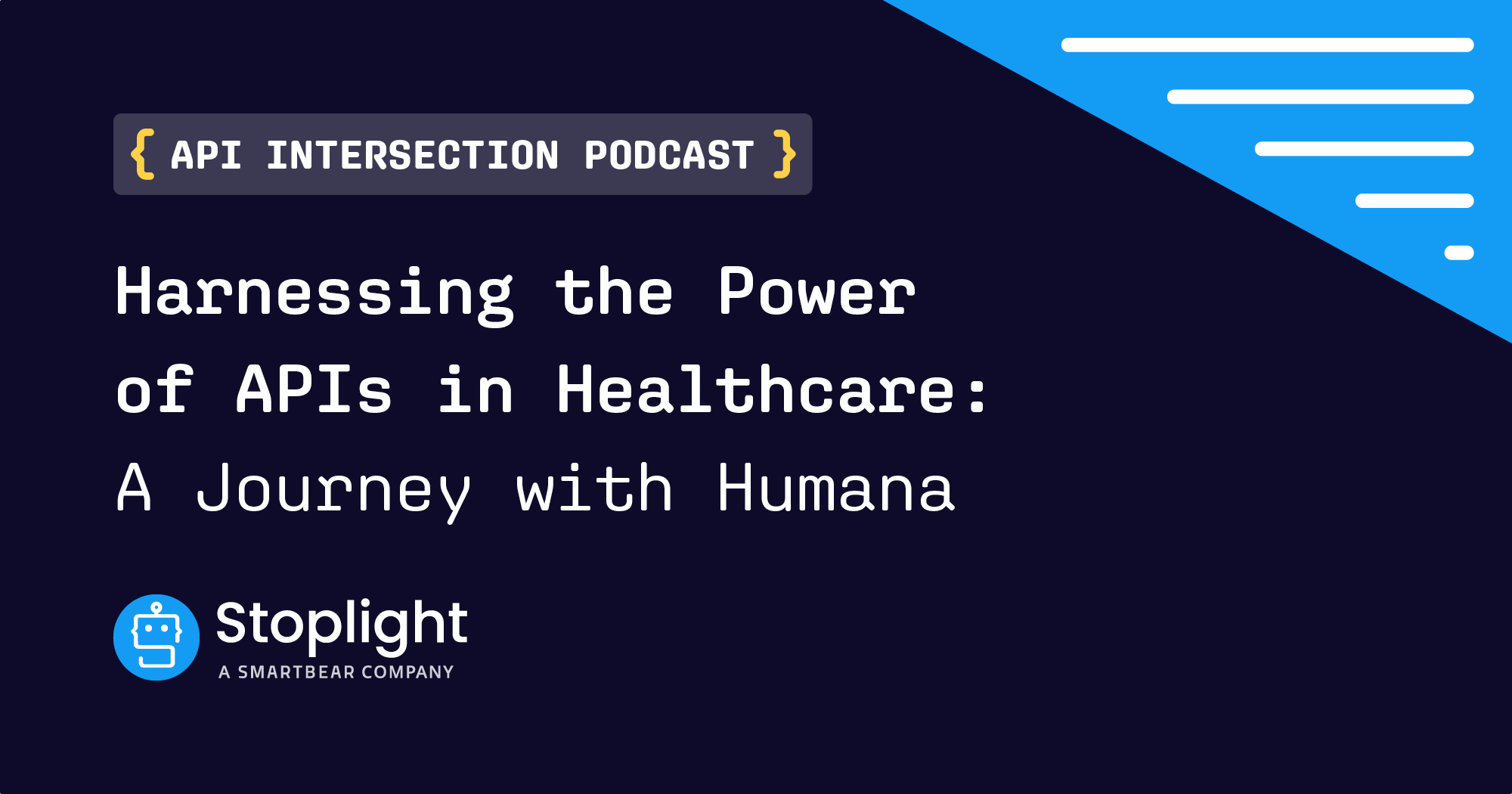On episode 67 of API Intersection, I had the pleasure of catching up with Clyde Cutting from Truist, a prominent figure in the fintech world. Clyde has been deeply involved in the open banking API space for the past five to six years, working on the provider side to securely make customer data available to various financial applications.
The Evolution of Open Banking
In the last few years, especially with the pandemic accelerating digital transformations, there has been a significant surge in opening up platforms and APIs. This trend has been particularly notable in the financial industry and insurance sector. Clyde sheds light on the historical context, emphasizing the pivotal shift from the outdated practice of sharing credentials for data access to the current emphasis on secure APIs.
Five or six years ago, the only way to connect your bank account data to any application was by sharing your credentials, as banks didn’t have APIs readily available. This reliance on screen scraping posed significant security risks and became a growing concern for major banks and federal regulators alike.
Enter Open Banking and the Financial Data Exchange Consortium
Clyde defines open banking as the concept that APIs would exist for both providing bank data and facilitating financial transactions through fintech apps. The term is evolving to encompass a broader spectrum, known as open finance, which includes various financial activities beyond traditional banking.
To address the need for standards and security in this evolving landscape, the Financial Data Exchange (FDX) Consortium stepped in. Clyde credits the FDX Consortium for leading the U.S.-based industry to keep up, and in some cases, surpass global standards for API availability and security.
Standardization and Integration
For developers and financial institutions entering the API space, the podcast touches on the significance of standards. Clyde explains that early on, large players like Plaid played a crucial role in providing screen scraping capabilities. However, as the industry evolved, the focus shifted to designing standardized APIs, and this is where the Financial Data Exchange stepped in.
Financial institutions looking to build APIs can now adhere to FDX’s design standards, ensuring a secure and standardized approach. This shift is instrumental in addressing security concerns, especially with the expected prohibition against sharing credentials for screen scraping, a significant step forward for security in the fintech space.
FDX as an Open Source-Like Community
One of the remarkable aspects of FDX, as Clyde highlights, is its openness to contributions. Drawing a parallel to the open-source community, he notes that any member can propose changes to the FDX API. While not exactly a pull request, the process involves the group’s approval and merging of the proposed changes. This approach allows for agility and flexibility, reminiscent of successful open-source projects.
Addressing Challenges and Looking to the Future
In discussing the challenges of standardization and collaboration, Clyde acknowledges the difficulties but emphasizes the necessity of finding a healthy balance between developer needs, banking requirements, and regulatory considerations. The success of FDX, according to him, lies in its ability to bring together industry experts, developers, and regulators to collectively define the evolving landscape of open banking.
As we look to the future, Clyde provides insights into the potential success of open banking standards. He envisions a scenario where developers can build code for one bank and easily adapt it for others, thanks to uniform standards facilitated by aggregators. The ongoing efforts of FDX, including a certification process, aim to ensure that APIs and financial data traffic meet stringent security and data requirements.
Wrapping It Up
The conversation with Clyde paints a compelling picture of the evolution of open banking and the crucial role played by initiatives like the Financial Data Exchange Consortium. The convergence of industry players, developers, and regulators in defining and adopting standards reflects a promising trajectory for open banking, with potential implications for other industry verticals considering similar transformations.
Stay tuned for more insightful discussions on API Intersection, where we continue to explore the intersections of technology, business, and innovation.

